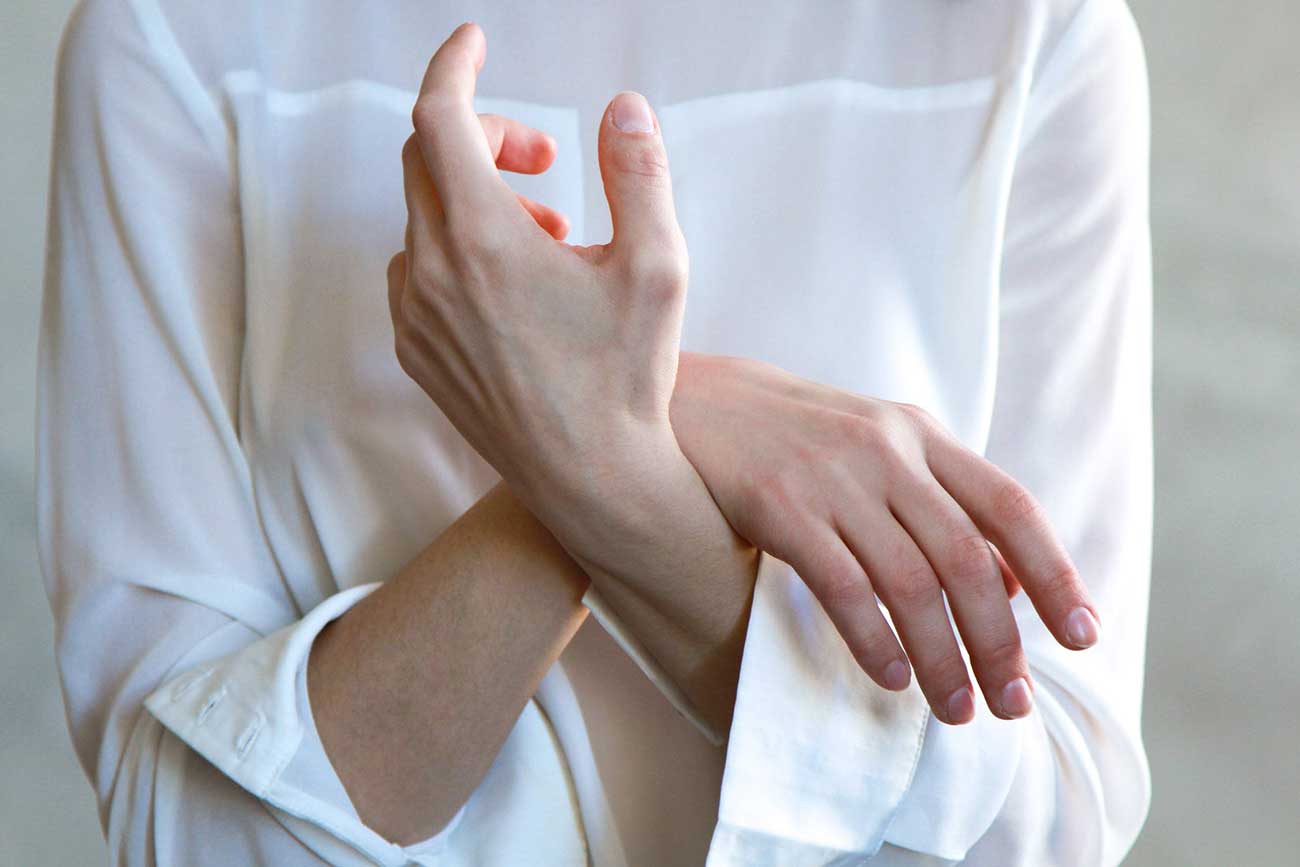Dear reader.
If you are here is because you probably found a lump in your breast which was not there before, or someone around you, maybe even yourself, has just been diagnosed with breast cancer. Don’t worry, ¿first thing?
Breathe!
Let’s revise briefly the things you should know and, overall, don’t forget that breast cancer is one with the highest cure rate. We are going to get there, you are not alone!
Does Graviola cure Breast Cancer?
Currently there are numerous studies proving that Graviola is an extremely effective supplement used along with the usual treatment to fight breast cancer. The numerous properties of the Soursop, among which are the ability to feed on cancer cells, significantly help to reduce and even eliminate tumors. We recommend taking “Graviola Prozono“
Find the studies below
What should I know about Breast Cancer?
Prevention
There’s no method that would 100% prevent breast cancer. However, it has been proven that living a healthy lifestyle by exercising at least 4 hours a week and having a balanced diet reduces the risk of getting it.
On the other hand, if 2 or more cases of breast cancer have appeared among your close relatives, you should mention it to your doctor so they can perform a genetic test on you to determine if you have more chances than “”normal”” to get this disease, due to a genetic mutation.
Causes
Talking about what causes breast cancer is complicated.
The most established cause is genetics. That is why it is very important that you discuss with your doctor if 2 or more cases have occurred in your family, as mentioned before.
As for the rest of possible causes, living a life without physical exercising and with a diet high in fats and sugars has also been linked risk factors.
Symptom
The most obvious, find a lump in the breast area or the armpit. Therefore, performing self-exams once a month is very important.
We also find other symptoms, such as:
- Swelling, red areas or persistent pain in the chest area.
- Changes in breast size
- Nipple discharge
- External changes in the nipple such as ulcers, scabs or scales in the area
- Dimples or wrinkles on the skin
Types
The types of breast cancer are established considering where they originate and the invasion degree:
Ductal Carcinoma In Situ:
- It is the least aggressive since it originates in the walls of the mammary ducts; very localized (focal), easily excised and does not cause metastasis. The cure rate is almost 100%.
Infiltrating or Invasive Ductal Carcinoma:
- It is the most common. It also originates in the mammary ducts, but it infiltrates the rest of the breast tissue and can spread.
Lobular Carcinoma In Situ:
- It’s not a cancer itself, but a risk market. People with this type have a high risk of developing the disease. When detected, the patient must undergo annual check-ups to detect a potential early breast cancer development.
Infiltrating or Invasive Lobular Carcinoma:
- This type of cancer starts in the mammary acini, which is where the milk is produced during lactation. It can spread to the rest of the body’s tissues.
Inflammatory Carcinoma:
- This type is quite aggressive and fast growing. It presents quite evident symptoms such as the reddening of the skin and temperature increase; it also wrinkles the skin and makes protuberances appear. Luckily, it is a very rare cancer with only 1% rate of occurrence.
Diagnostics
There are several methods for the diagnostics. Your specialist will decide which one is the appropriate in each case. The main ones are:
- Mammography
- Ultrasound
- MRI
They are non-invasive tests, which focus on discovering if there is any type of bulge and if its aspect can be suspected of being malignant or not.
Biopsy
- Although there are several types, we can basically talk about an invasive test, as it takes a sample from the suspicious tissue that is later analyzed to check, definitively, whether it is carcinogenic or not.
Treatment
This is actually hard to establish, since luckily science continues making advances to improve the types of treatment. The most common are:
Surgical intervention
- The affected breast is operated on to remove the lump. It may happen that upon opening the chest, more affected areas are discovered and the safest treatment be the removal of the entire breast.
Radiotherapy
- In general, this type of treatment consists of subjecting the affected breast to radiation of all types of X-rays to eliminate possible cancer cells that the surgeon hasn’t been able to see. Patients are usually subjected to daily radiation for about 5 weeks.
- Its main effect is the redness of the skin.
Chemotherapy
- It is administered either orally, or through intramuscular or intravenous injections. As with radiotherapy, its main goal is to kill cancer cells.
- Its main side effects are hair loss, nausea and loss of appetite
Other treatments
- There are other treatments such as with hormones, which goal (in general) is to control the strogen, which is a hormone needed by the tumor to reproduce.
- There are also other treatments such as targeted therapy; this is characterized by administering to the patient a treatment that is “”trained”” to kill cancer cells







